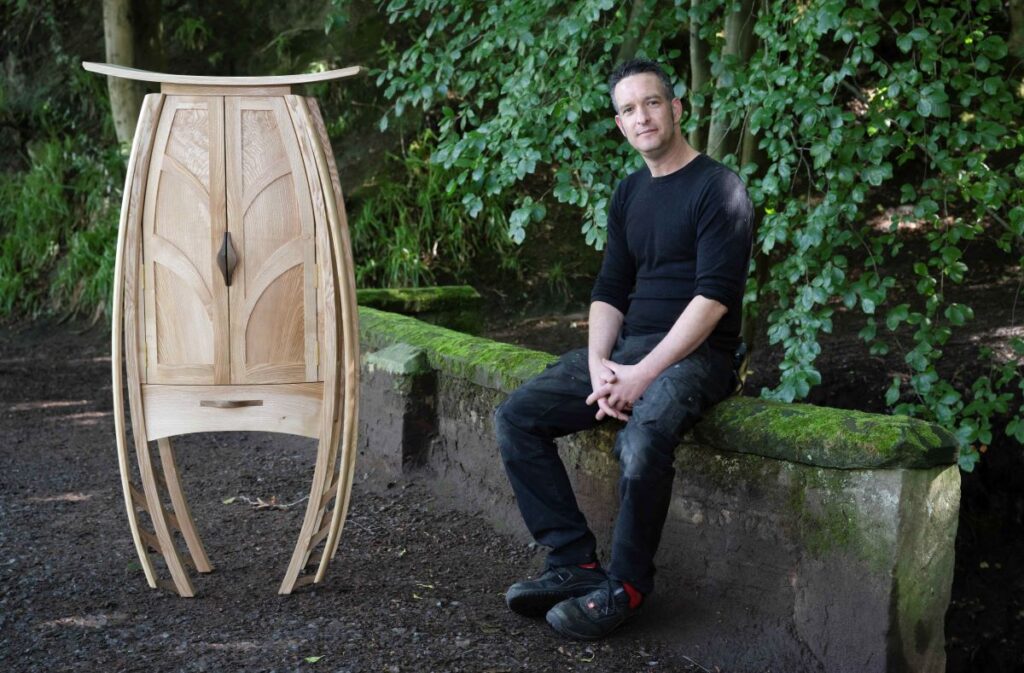
How artists are breathing new life into Scotland’s ash trees under threat by deadly fungal disease
Scotland’s ash trees are under threat. A deadly fungal disease is sweeping across the nation with millions of trees set to be lost.
When four diseased trees were felled on a Stirlingshire farm three years ago, it symbolised loss on an epic scale.
But it was also the catalyst for a group of artists who are hoping to breathe new life into Scotland’s ash trees by transforming the native hardwood into art and furniture.
Following the felling at Killearn Farm in November 2021, the Scottish Furniture Makers Association invited makers, artists and designers to propose new ideas for working with the wood.
A group of 20 makers were then selected to help highlight the impact of ash dieback in Scotland through a new exhibition, Ash Rise.
New furniture designs of chairs, cabinets and tables will join sculptural wall pieces, a handmade kayak, block printed dyed textiles, paper art, and a guitar in ash and concrete to showcase the potential of this precious resource.
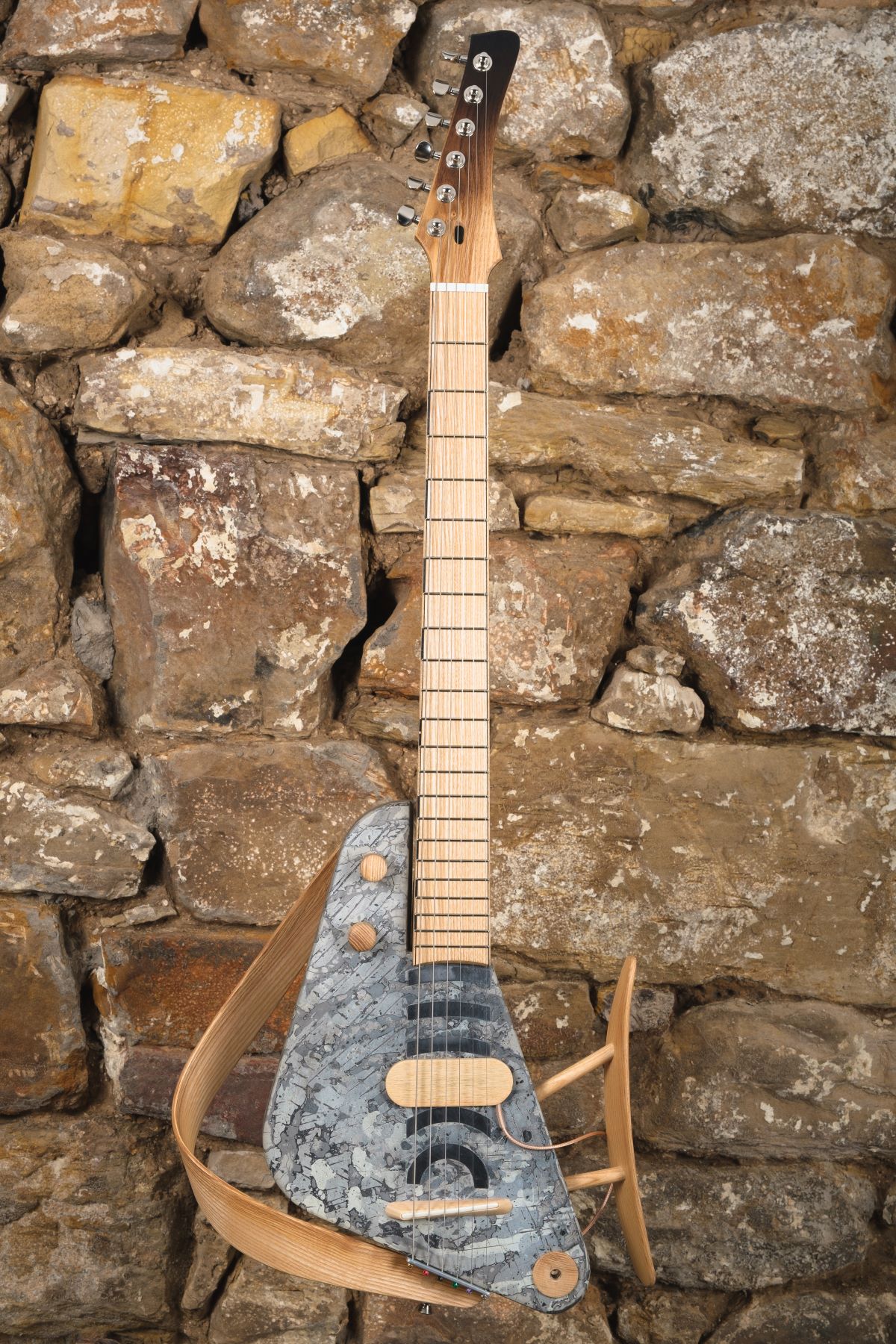
Concentric Harmony.
‘Ash Rise is a culmination of a three year project which started with the idea of highlighting how precious this resource is in Scotland whilst also showcasing the skills and creativity of the furniture making and design community,’ exhibition project coordinator and furniture maker Tom Addy said.
‘We’re delighted to be able to tour this exhibition to Edinburgh, Dumfries and Inverness in three stunning venues to bring the story of Scottish Ash to as wide an audience as possible.
‘Education and outreach is a key part of this project which is why the Ash Rise film was commissioned to reach even more people educating the viewer in the historical and cultural importance of the material and the skills used to turn a tree into finished piece.
‘The selection panel were hugely impressed by the submissions and the final 20 selected showcase designs that both honour the wood’s unique properties and highlight the importance of awareness of ash dieback.
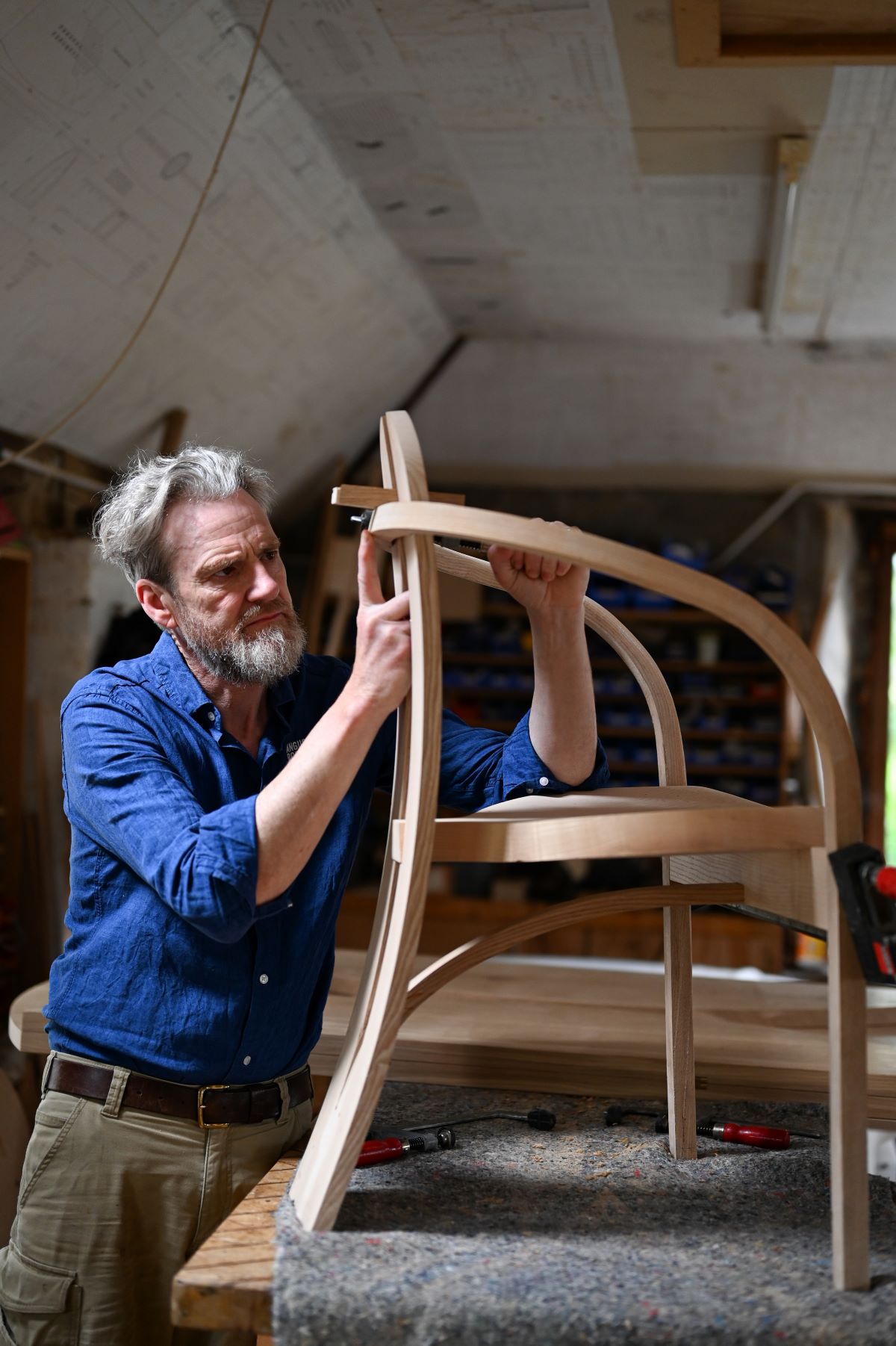
Angus Ross, Clova Chair. Credit: Lorna Ross.
‘We’re excited to share the amazing, beautiful things that can be made from ash.’
Ash is one of the most versatile woods. When dried it is light, flexible and strong and does not easily splinter.
For centuries, it was crafted into longbows, wooden handles for tools, agricultural implements and wheels for carts; and before the invention of man-made materials, it was used to make tennis rackets, hockey sticks and cricket bats.
Today ash continues to be used for the internal frame of the famous Morgan sports car.
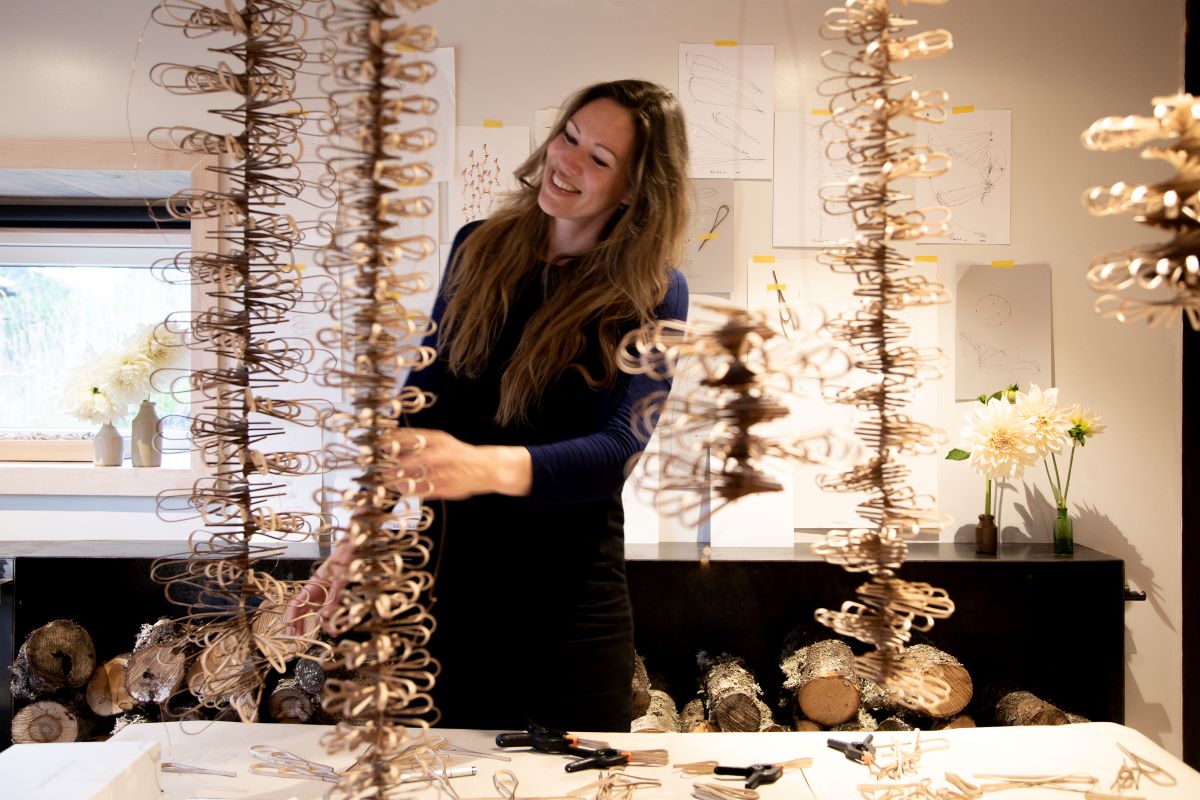
Naomi Mcintosh. Credit: Ben Addy
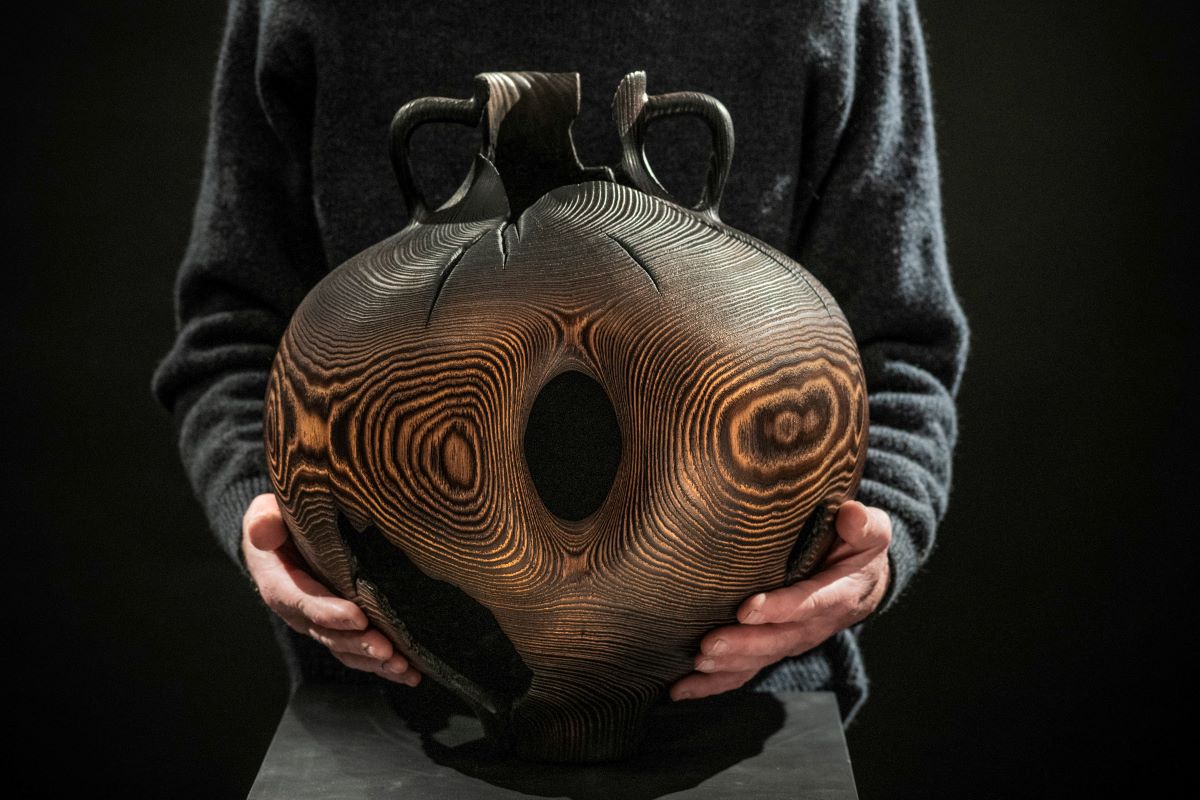
Duke Christie Fire Vessels: Amphora II photo by Jim Dunn
As well as its practical qualities, its distinctive grain makes ash an ideal wood for furniture and objects such as spoons, bowls, candlesticks and caskets.
But many of Scotland’s ash trees are blighted by ash dieback caused by the fungus, Hymenoscyphus fraxineus. It causes leaf loss and many hundreds of ash trees have perished or felled in the hope to stop the spread of the disease.
Highlighting the versatility, durability and value to Scotland’s biodiversity, Ash Rise was conceived to inform people of the environmental and economic impacts of ash dieback.
The exhibition also show the sustainability of working with locally sourced native hardwoods, milled and dried in Scotland connecting each step of the process from ‘tree to table’.
‘It is moving and powerful to be using the timber from a single tree alongside other makers to create and show the importance of both timber in art and design,’ artist and maker Naomi Mcintosh said.
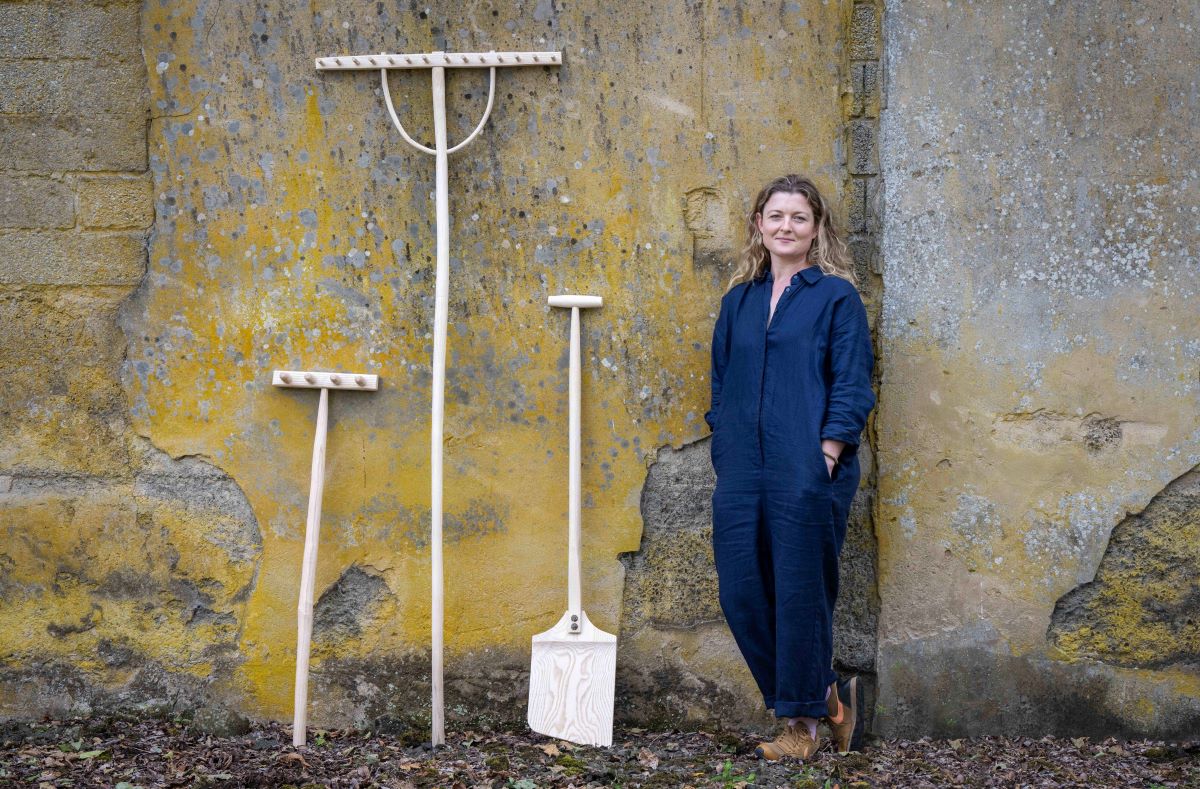
Helena Robson, agricultural hand tools. Credit: Neil Hanna
‘It is a wonderful connection. It has invited me to reflect on the history of ash in design.
‘From the handles of the tools that I use in the green house to the hockey stick that I had as a child. I have become more aware of the materials in the everyday wooden objects in my home.
‘I am interested and excited by the number of processes that the different artists and makers will use to tell a story and raise awareness of ash dieback and what can be done.’
Ash Rise opens at Royal Botanic Gardens Edinburgh on 13 September in the John Hope Gateway.
Read more Culture stories here.
Subscribe to read the latest issue of Scottish Field.
TAGS

